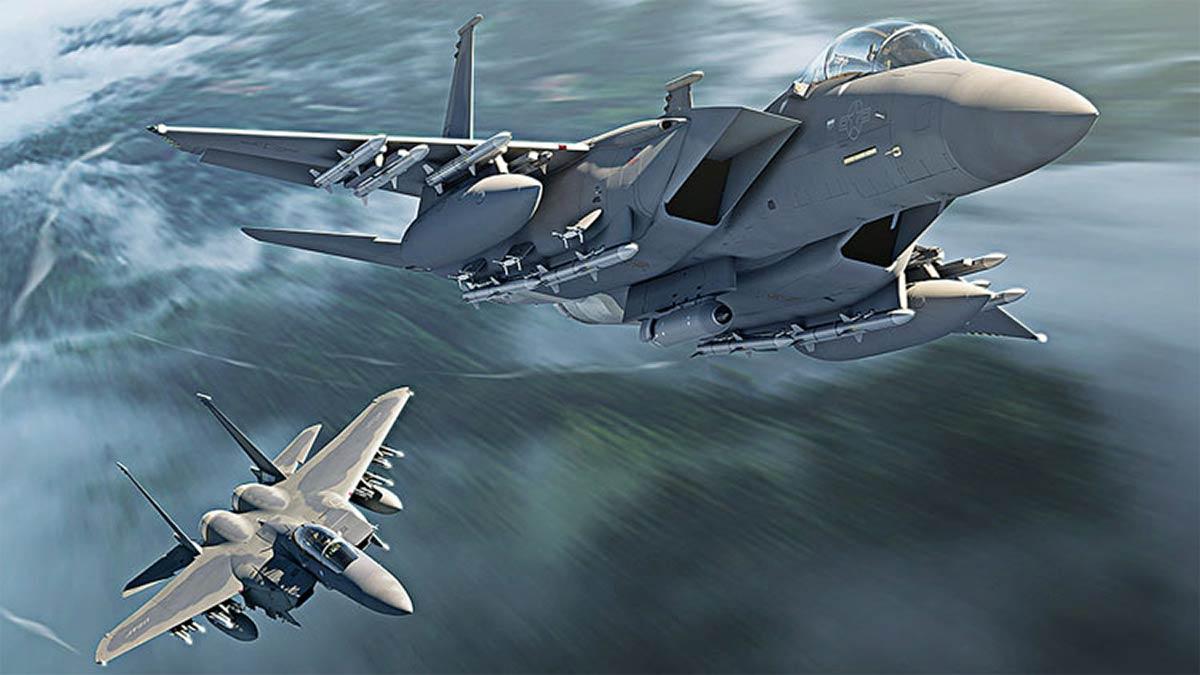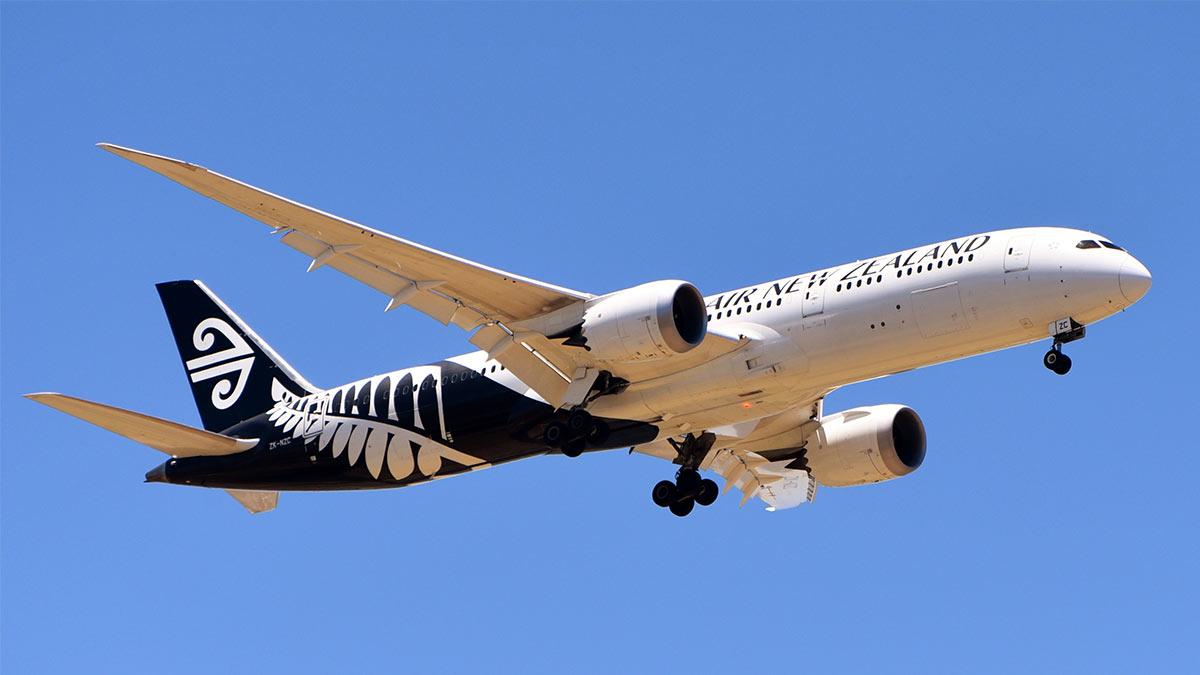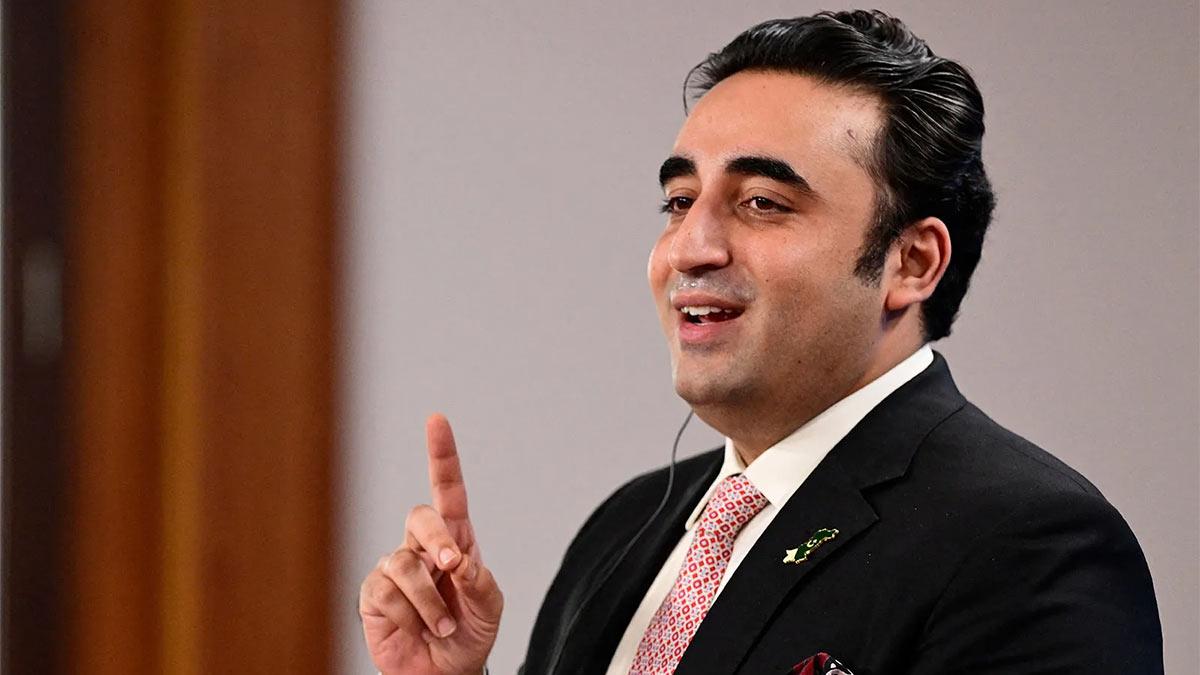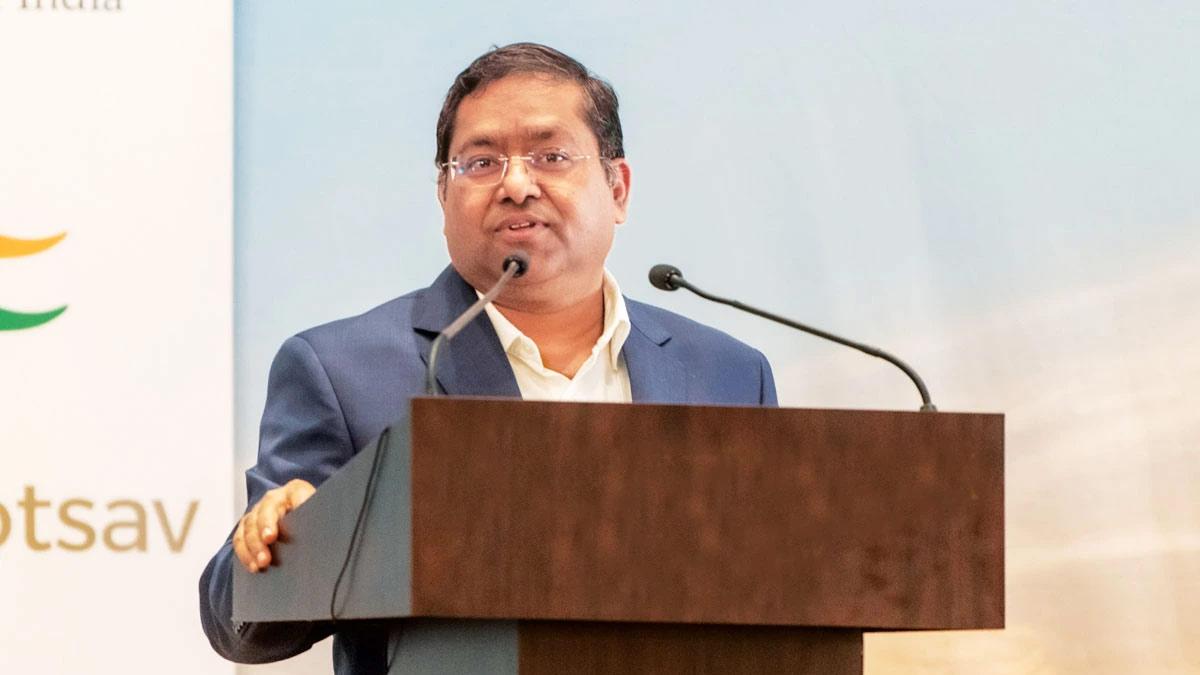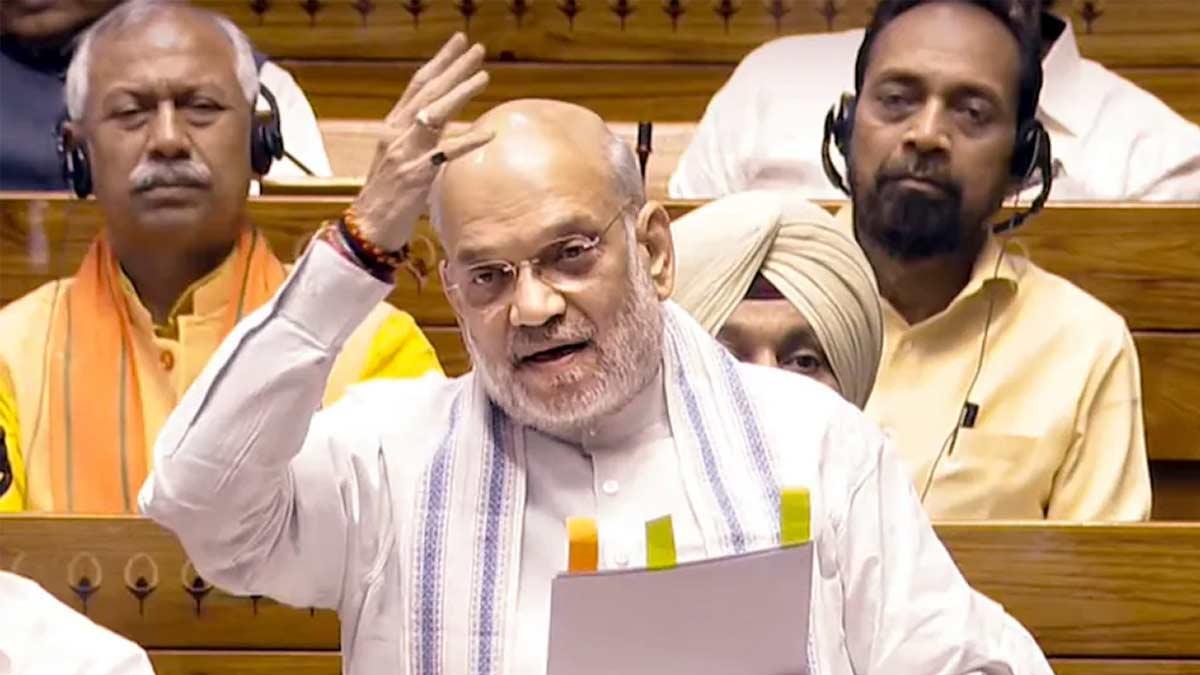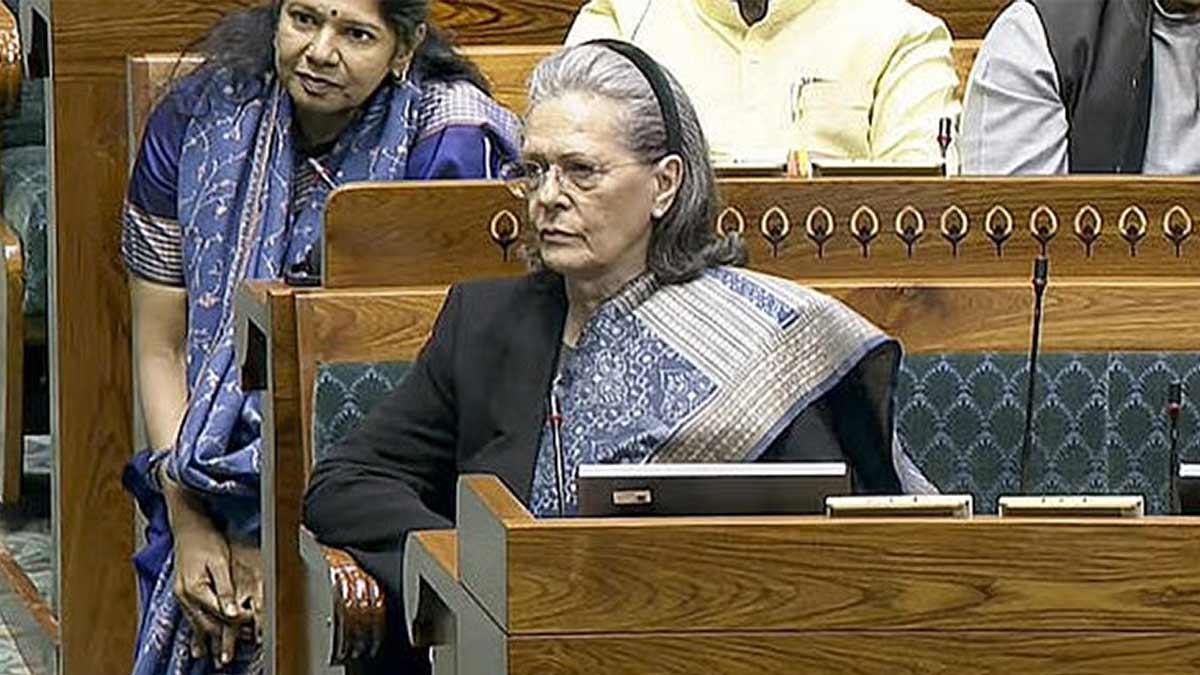Indian Air Force (IAF) Air Chief Marshal AP Singh has expressed grave concern over the slow delivery of the Tejas Light Combat Aircraft (LCA), despite India's enemies, especially China, accelerating advancements in airpower technology.
Addressing the 21st Subroto Mukerjee Seminar, Singh emphasized the need to augment indigenous production and upgrade India's air fleet to match regional security threats.
As India Today reported, Singh pointed out that the first order of 40 Tejas aircraft, which was ordered a decade ago in 2009–2010, is still incomplete. He was alarmed by this slow progress, particularly in the context of China's expanding air power.
Referring to the recent Chinese tests of two cutting-edge aircraft, presumed to be sixth-generation stealth fighters, Singh said that "technology delayed is technology denied," referring to the extended and protracted development of the Tejas programme. "Let us go back to 1984 when we designed that aircraft. The first plane took to the air in 2001, 17 years after.". The induction began another 15 years later, in 2016. Now we are in 2024. I do not possess the first 40 aircraft either, so this is the production capacity," he said.
India's indigenous single-engine fourth-generation multirole fighter, the Tejas, was conceived by the Aeronautical Development Agency (ADA) and is now being produced by Hindustan Aeronautics Limited (HAL). Initially planned to replace the vintage MiG-21 fleet, the aircraft is currently in operational Mk-I form, with enhanced Mk-1A models in production and Mk-II on the drawing boards.
Singh stressed the need for updating manufacturing structures and promoted the incorporation of private sector involvement. "I am very sure that we need to bring in some private players. We need to have competition. We need to have several sources available so that people are apprehensive of losing their orders. Otherwise, things will not change," he mentioned.
The IAF Chief's comments follow China's recent flight tests of what are rumored to be sixth-generation fighters—a field in which no nation has yet attained operational status. He cautioned that China's developments were not merely a question of quantity, but of rapid technological advancement. "We just witnessed the recent test flight of the new generation of fighter that they have withdrawn," he observed.
Sixth-generation planes are projected to surpass existing fifth-generation fighters such as the F-35, F-22, China's J-20, and India's developmental AMCA in stealth and operational capabilities. These future jets will be designed to include AI, drone teaming, and advanced electronic warfare capabilities.
India, meanwhile, still lacks an operational fifth-generation fighter. Its most advanced aircraft in service remain the 4.5-generation Dassault Rafales, placing additional pressure on indigenous programmes like Tejas Mk-1A, LCA Mk-2, and AMCA.
These were also reflected in a recent report of the Parliamentary Standing Committee on Defence. The committee recommended that the Ministry of Defence (MoD) move at a fast pace to hasten HAL's production of Tejas planes and hasten the acquisition of fighters to meet the IAF's dwindling combat capability.
The Committee's 'Demands for Grants (2024–25)' report found that IAF's operational combat squadrons have fallen to 31—well below the authorized strength of 42. Delayed delivery of aircraft and gradual retirement of aged platforms have contributed to the shortage.
The two Tejas Mk-I squadrons consisting of 32 single-seater fighter aircraft and four two-seater trainers have been inducted, and four additional trainers are due shortly. But the development of the Mk-1A variant has been delayed due to design and engine availability problems, along with HAL's failure to achieve production targets.
As per the MoD's submission in writing, deliveries of the 83 LCA Mk-1A combat aircraft—tied up under a ₹36,468.63 crore contract (taxes and duties not included)—were to commence in February 2024. The IAF has forecast acquiring 97 additional Mk-1A aircraft. This has been approved with Acceptance of Necessity (AoN), and a Request for Proposal (RFP) has been floated. The negotiations for the contract are on the way, but the total estimated value is placed at ₹65,848 crore.
In the years to come, the IAF anticipates inducting the LCA Mk-2 and fifth-generation AMCA over the next decade. The LCA Mk-2 will replace fighters such as the Mirage 2000, MiG-29, and Jaguars, and will include better engines, greater self-defence capabilities, and better maintenance features. Mk-2 and AMCA are being developed by the Defence Research and Development Organisation (DRDO), although timelines are still stretched on account of the sophistication of the technologies involved.
As China takes the lead, India's AMCA remains in the nascent stages of design. The Cabinet cleared the project's development only in March last year, and deployment is years ahead.
The report also cited the Multi-Role Fighter Aircraft (MRFA) programme for 114 new aircraft that has been languishing for years. Although a Request for Information was floated in 2019, the project, which was planned with local production and substantial technology transfer, still awaits AoN and thereby further delays the procurement procedure.

